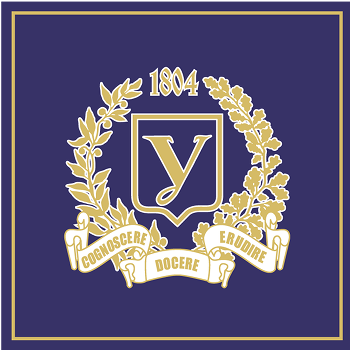Ричак Н. Л.
- 2019-31
Estimation of Surface Stop Loading on Water Objects in Conditions of Urboladshaft Geosystem
The quality of surface water remains an important issue today. This is particularly acute for water bodies located in the urban-basin geosystems. Purpose. To estimate pressure of atmospheric precipitation within the urban landscape basin geosystem on the river water (by example of the Kharkiv river). Methods. Field land-scaping, ecological, landscape-geochemical; analytical; system analysis; chemical analytical; statistical Results. An assessment of the state of surface waters under the impact from the surface runoff of atmospheric origin during 2014-2016, and partly from 2017-2019, formed under the influence of the transport (partly residential) subsystem of the urban area and surface waters in Kharkiv. On the salt content, the characteristic of water quality is "moderately polluted" (1,6); on the tropho-saprobiological indicators, the quality of water is characterized as "polluted" (from 3.1 to 2.75 along the river). It is in this context the impact of waters, which is formed in the conditions of the urban environment for the quality of natural waters, is well demonstrated. The presence of high values of pollutants and natural factors. The assessment of the quality of water on the content of specific indicators is "moderately polluted" (from 2.28 to 1.85). Conclusions. The water of the Kharkiv region, which has a strong influence from the urban environment, has a grade III quality; the water is "moderately polluted". Environmental assessment indicates the impact of surface runoff already on the middle part of the river, which increases in accordance with the conditions of the operation of urban landscapes and anthropogenic (transport) load.
- 2018-30
The Influence of Urban Landscape Geosystem on Salt Composition of River Waters
This study of the change in salt composition of the water in Ukrainian rivers has shown that the salts ratio and the total dissolved solids ratio increase in the waters of rivers flowing in the steppe zone of Ukraine. Purpose. To study the salt composition of waters in the rivers making up an integral part of the urban landscape geosystem. Methods. Potentiometric and gravimetric methods as well as titration and computation. Results The results were obtained on the basis of analyzing 42 surface water samples taken under various hydrological regimes of the three rivers flowing in the city of Kharkiv. The total growth of chlorides towards the end of the Kharkiv River seasonal floods made up 158.31%, during the autumn high water it was 105.26%, and at the start of seasonal floods it was 37.14%. In the waters of the Lopan River, the total growth of chlorides towards the end of seasonal floods made up 86.67%, during the autumn high water it was 56.69%, and at the start of seasonal floods it was 72.22%. The total growth of chlorides towards the end of the Udy River seasonal floods made up 42.05%, during the autumn high water it was only 0.89%, and at the start of seasonal floods it was 12.5%. To-wards the end of the Kharkiv River seasonal floods the amount of sulphates decreased by 7.46% while during the autumn high water it was almost unchanged (increased by 0.27%); the amount of sulphates decreased by 1.13% towards the end of the Lopan River seasonal floods and by 10.03% during the autumn high water; the amount of sulphates increased by 55.95% towards the end of the Udy River seasonal floods (on the territory of Kharkiv city) while during the autumn high water it increased by 31.43%. Conclusions. It was established that chlorides concentration in the water under various hydrological regimes is extremely changeable with the tendency to increase, yet their content does not exceed environmental standards. It was estimated that the concentration of calcium and magnesium is low in the river waters with a strong tendency towards decreasing their ratio.

